Curious about Wicca? Get to know Wiccan holidays and traditions, including the Wheel of the Year, to delve into this fascinating pagan practice that celebrates nature and spirituality.
Pagans love celebrating sabbats as the Wheel of the Year keeps turning continuously. Wiccan holidays and festivities are an opportunity to get together with fellow Wiccans, friends, and families, engaging in celebratory feasts, merrymaking, and spiritual and personal development.
What is Wicca?
Wicca is a modern form of the ancient spiritual practices of paganism and witchcraft that emerged in England in the mid-20th century.
It is influenced by various pre-Christian and folk traditions, incorporating elements of nature worship, magic, and ceremonial practices.
Wiccans generally revere the Earth and its natural cycles, honoring a pantheon of deities and observing rituals that align with the changing seasons and phases of the moon.
Wicca places a strong emphasis on personal experience, individual responsibility, and harmony with nature.
Many Wiccans adhere to a moral code known as the Wiccan Rede, which promotes the idea of “harm none” and encourages ethical behavior.
Rituals and spellwork are often performed within a sacred circle, and magic is seen as a means of manifesting positive change in one’s life.
Wiccans also engage in various forms of divination, meditation, and spellcasting as part of their spiritual practices.
While Wicca has diverse traditions and practices, it typically celebrates eight major holidays known as Sabbats, which are based on the Wheel of the Year.
These Sabbats mark the solstices, equinoxes, and the midpoint between them, symbolizing the cycles of nature and the eternal journey of life, death, and rebirth.
Wiccan holidays or Sabbats celebrate the journey of the earth around the sun. These festivals are celebrated according to seasons and the natural rhythms of the earth. Commemorating the holidays is regarded as turning the wheel by Wiccans.
The Wheel of the Year – What Are The Wiccan Holidays?
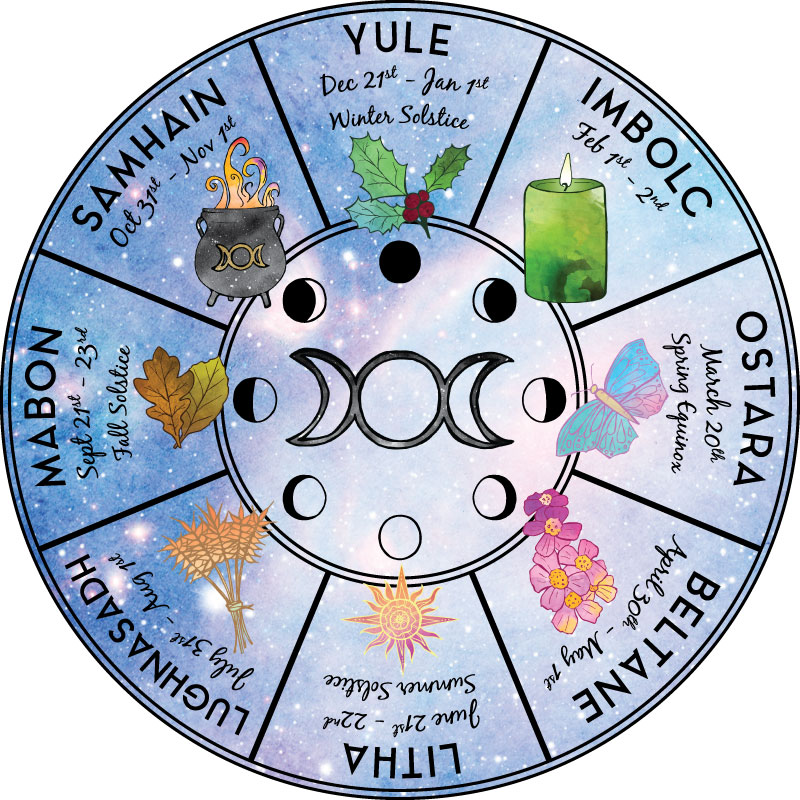
Although there are many other minor sabbats that are celebrated every now and then, these 8 holidays form the core of Wicca.
These Wiccan holidays honor the cycles of life and the changing of seasons and revere the Earth and its gifts.
The sabbats are an occasion for the practitioners to get together with their covens and informal circles for rituals and celebrations.
Even solitary practitioners can connect their energy with thousands of other Wiccans across the world by performing the sabbat rituals on these auspicious days.
Wiccans and Pagans consider most things cyclical. Hence, the image of the wheel is highly significant which represents the belief of recurrence.
The holidays are based on the yearly birth and demise of the sun and the 8 main holidays highlight the most widely accepted periods for seasonal celebrations.
Related: 40+ Interesting Facts About Hinduism That Will Blow Your Mind
The 8 Wiccan holidays and traditions
The wheel of the year includes 4 solar holidays and 4 earth festivals.
The solar holidays comprise 2 equinoxes and 2 solstices commemorating the yearly journey of the earth around the sun, while the earth festivals are held in February, May, August, and October every year.
These eight festivals are celebrated across the world by Wicca, Paganism, and even neo-Paganism practitioners.
Here are the 8 major Wiccan holidays or sabbats celebrated by most Wiccans every year:
*Note: The dates may vary from year to year as equinoxes and solstices occur on different dates in various parts of the world. The closest possible dates are mentioned here.
1. Yule, Winter Solstice (Dec 20-23)

Held during the winter solstice, Yule is also referred to as Midwinter. It is the shortest day and the longest night of the year.
It is recognized by most Wiccans as the beginning or the end of a year. A celebration of the sun or fire as a source of life, it is a festivity of hope and renewal.
Yule portrays the return of light and the sun as well as the rebirth of the Horned God, the newborn solstice sun.
The newborn sun provides a fresh new start during Yule. Trees that thrive in winter are decorated with food items as it depicts life and constant growth even during harsh cold days.
Many Christmas rituals and traditions are adapted from Yule like the use of the Yule log which is considered to bring good luck by banishing evil spirits.
Moreover, the use of mistletoe during Christmas also comes from Yule. The celebration and rituals largely vary between covens, witches, and solitary practitioners.
During this period, Wiccan spells on love, happiness, peace, and harmony are cast. This is one of the major Wiccan holidays.
Related: The 7 Levels of Spirituality – Where Are You?
2. Imbolc, The Promise of Spring (Feb 1-2)

Literally meaning “in the belly” in Gaelic, Imbolc is also known as Brigid’s Day, Imbolg, and Candlemas.
This marks the preparation for spring and all Wiccans focus on organizing and cleaning their homes and living spaces along with their minds, hearts, and souls.
Being the midpoint of the spring equinox and winter solstice, Imbolc celebrates the return of spring and the rekindling of inspiration and creativity.
Imbolc is a celebration of new growth, new possibilities, emerging life, and joy.
Brigid, the pagan goddess, and maidens are revered during this festival as they are associated with fertility. During this time, animals and crops are blessed to remain healthy and abundant throughout the year.
The first buds of spring also signify the arrival of a new life. In honor of the sun’s rebirth, most witches light ceremonial candles in different rooms in their homes after sunset.
Many practitioners also gather together with their circles and covens to feast, reflect, share, and laugh. This is the time to clean your energy by casting different cleansing spells.
3. Ostara, Spring Equinox (March 19-22)

Derived from the name of the Saxon Lunar Goddess Eostre, the festival of Ostara, also known as Vernal, Spring Equinox, Eostar, or Oestarra, signifies the ritualistic arrival of spring.
During this period, the New Moon represents fertility, birth, & renewal. This is portrayed by the imagery of the hare & eggs.
The goddess Eostre is also the inspiration for the Christian tradition of Easter which is also associated with the hare and eggs. The theme of this celebration is new life and growth as the days become warmer and longer during this time.
Ostara is considered as a celebration of balance as it is the day of the equinox. For the practitioners of the religion of Wicca, this is a day of gratitude, new beginnings, blessings, magic, and setting new intentions.
Wiccans tend to plant trees, sprinkle seeds in their homes or altars, bless plants, and cast spells on balancing and spring. It is certainly one of the most celebrated Wiccan holidays.
Related: Angel Numbers: Spiritual Significance Of Repeating Numbers And How They Guide You
4. Beltane, Mayday (April 30 –May 1)

Also known as the Festival of Fire, Beltane signifies the midpoint between spring & summer. The term Beltane is derived from the “Bel”, a Celtic god, and the word “tane”, which in Gaelic translates to fire.
Celebrated on the eve before May Day, it is the jollification of fire. During this sabbat, different earth energies tend to be at their peaks and it is believed this day is charged with sexuality and fertility.
Hence, fire is the theme and flames are the symbols of this Wiccan holiday. As a ritual, the coven will extinguish all fires that have been lit and only a special, specific fire will be lit to celebrate the feast of fire.
It is the time when the God of the Greenwood and the Goddess Mother Earth unite in holy matrimony.
Denoting the start of the planting cycle, this ancient fertility festival is celebrated to make sure we have a healthy growing season with a bountiful harvest.
As a way of practicing gratitude and appreciating the fertility of spring, the celebrations begin on the evening of April 30th with the lighting of a ceremonial bonfire and end with dancing the maypole while wearing flower crowns on May 1st.
According to Wiccan beliefs and practices, during this festival, spells on fertility, union, shared intimacy, vitality, and purification are cast by witches and practitioners.
5. Litha, Summer Solstice (June 19-23)

Litha, also known as midsummer, is a celebration of the longest day & the shortest night of the year.
During this ceremonial beginning of summer, the Sun God is believed to be the most powerful. With light and life encompassing everything around us, there is enough light for everyone to complete their work during the daytime and even find time to celebrate afterward.
Considered the handfasting or coupling season, marriages and unions are held during this time. Blessings & happiness are found in abundance during midsummer. It is one of the most popular and well-known Wiccan holidays.
This is a joyous sabbat that is epitomized by the Sun God as well as the Lord of the Forest.
As Summer Solstice is a celebration of the sun, it is a great time to use the longer days to connect with nature, practice gratitude, reaffirm vows, and appreciate life.
Herbs like wild thyme, chamomile, lavender, honeysuckle, and mugwort are usually used to decorate the altar, create potions, and even burned as incense around the house.
According to traditions, bonfires are lit and torchlight processions are held to embolden the sun to keep shining as it will wane gradually in the coming season.
Rituals for modern pagans include getting together with their covens and inner circles to celebrate midsummer. Solitary practitioners can set intentions individually and meditate out in nature under the sun.
Related: 6 Reasons Why Friday the 13th is Believed To Be Unlucky
6. Lammas, First Harvest (July 31-August 1)

Lammas, also known as Lughnasadh, is one of the most crucial Wiccan holidays. It is a commemoration of the end of summer and the first harvest of crops, fruits, and grains.
It is the very first celebration of the 3 autumnal harvest festivals. At the midpoint of summer and autumn, the festival of Lughnasadh is named after Lugh, the Celtic god of light.
Lammas, usually held on July 31st or August 1st, is when pagans honor the God and Goddess and thank them for the crops, and pray for a new harvest.
This celebration of the circle of life is a time of hope & anxiety. Wiccans hope for abundant food through a bountiful harvest, however, they worry that the harvest just might not be enough to last through the cold months.
During Lammas, modern pagans primarily focus on self-development like learning new skills, facing their fears, and taking measures to protect themselves, their loved ones, and their homes.
It is all about being thankful, appreciating what you have, and being grateful for your life. Herbs like heather and sandalwood, along with wheat and fruit baskets are used to decorate altars by practitioners.
Many witches also use this time to dry various herbs so that they may use them later. They also store various seeds, bless the seedlings to plant them during the next spring. Wiccans also hold feasts with their circles and covens to celebrate the festival.
Related: What Is The Spiritual Significance Of Eclipses and How They Affect Us
7. Mabon, Autumnal Equinox (Sep 21-24)

Mabon, also popularly known as Harvest Home or Fall Equinox, marks the official arrival of autumn, the reaping of the bountiful harvest, and acknowledging the preparations for the coming winter.
It is the second harvest commemorated during the fall and celebrates the benefits of the work and effort put in till now.
During the Autumnal Equinox, there is a divine balance as the days & nights are exactly the same in length.
Mabon is the time when Wiccans remind themselves that “you reap what you sow”.
So it is about realizing that whatever energy you are sending out to the universe, whether positive or negative, is exactly what the universe will give back to you. This is the time for pagans to relax, reflect and recuperate.
All comfortable, cozy, warm, and homey things are associated with Mabon like ciders, dried seeds, acorns, gourds, and wine.
Spells on transformation, gathering, protection, prosperity, harmony, and balance are cast during this time. Rituals like honoring loved ones who have passed away and decorating graves are also held.
Moreover, offerings to nature, libations, seeking blessings from gods and goddesses, and feasting with covens, friends, and family are also conducted during the Autumnal Equinox.
8. Samhain, Witches’ New Year (Oct 31-Nov 1)

Perhaps the most important and grandest of all Wiccan holidays is Samhain, which is also known as Halloween, Hallowmas, or All Hallows Eve.
This sabbat celebrates the end of summer & fall as the Sun God goes to sleep. During this time, Wiccans prepare for the winter months and longer nights.
The final and 3rd harvest festival, Samhain (now celebrated as the Halloween holiday), is a time when we honor our ancestors, remember the dead, and commemorate the balance of life and death.
Most Wiccans consider this as the New Year and believe that it is a very mystical and remarkable time as the connection between the world of the living and the dead is the strongest and easiest to cross over.
As this festival is about remembering the past, practitioners tend to explore various ancient rituals and traditions during All Hallows Eve.
It is also an excellent time to communicate with the spiritual world using tools like tarot to ask for guidance and help and eliminate negativity.
Some of the symbols for this holiday are gourds, apples, candles, and black cats. Wiccans decorate altars with herbs like sage, nutmeg, mint, and heliotrope along with different types of black stones.
Various covens conduct silent suppers to remember the dead and hold candle ceremonies to invite departed loved ones back. Jack o’ lanterns are also lit by practitioners as it shows the way for the departed souls to arrive.
Related: 11 Signs You Are A White Witch
Celebrating Sabbats
How exactly do you celebrate sabbats? Well, that’s simple. Just like the practice of Wicca does not conform to any fixed details, the celebrations are not bound by any specific rituals.
However, there are some common elements that focus on the relationship between God and Goddess, the time, and the season of the year.
For instance, the themes for Wiccan holidays celebrated during spring & summer are abundance and fertility, while sabbats celebrated during autumn focus on harvesting.
A celebratory meal with sumptuous food and drink follows these rituals. The events may be grand or simple and can include a casual Wiccan circle, a coven, or even a single practitioner.
It is common for Wiccan circles, covens, and pagan groups to conduct the rituals in public places so that more people may take an interest in the religion, observe, understand, and learn the practice of Wicca.
This also helps to remove all the misconceptions associated with religion. While other groups prefer to celebrate the sabbat rituals in strict privacy.
The rituals, decorations, and food depend on a specific sabbat and the season. Rituals are often devoted to various aspects of gods and goddesses.
They also present appropriate offerings & decorate the altar based on the sabbat’s themes and the existing season.
Related: Which Holiday Matches Your Personality? – Mind Game
Rituals For Enriching Souls
The 8 significant sabbats or Wiccan holidays can provide a deep spiritually rewarding experience when observed properly.
Celebrating the sabbats at an interval of every 6 weeks allows you to stay connected with nature by revering to Mother Earth.
Following the ritual of Turning the Wheel makes you consciously aware of the changing seasons and deepens your bonding with nature. And it’s always great to have a new occasion to celebrate every few weeks.
So how are you celebrating the Wiccan holidays and Halloween 2023 this year? Let us know in the comments down below.
Frequently Asked Questions (FAQs):
Is Wicca witchcraft?
Wicca is a neo-pagan religion and a belief system. While some practitioners may use rituals, spells, and magick (an intentional misspelling), it is not necessarily witchcraft even though it is seen as modern witchcraft. The concept of magick in Wicca is similar to prayer in Christianity.
What is the difference between Pagan and Wicca?
Wiccans practice rituals and spells that are oriented to nature. Their practices are based on pre-Christian beliefs. Pagans are members of a spiritual and religious community that worships the earth and nature.
Is Halloween a Wiccan holiday?
Halloween originates from the pagan festival of Samhain. Wiccans celebrate this festival as the passing of the year by respecting the dead through certain Wiccan rituals and practices.













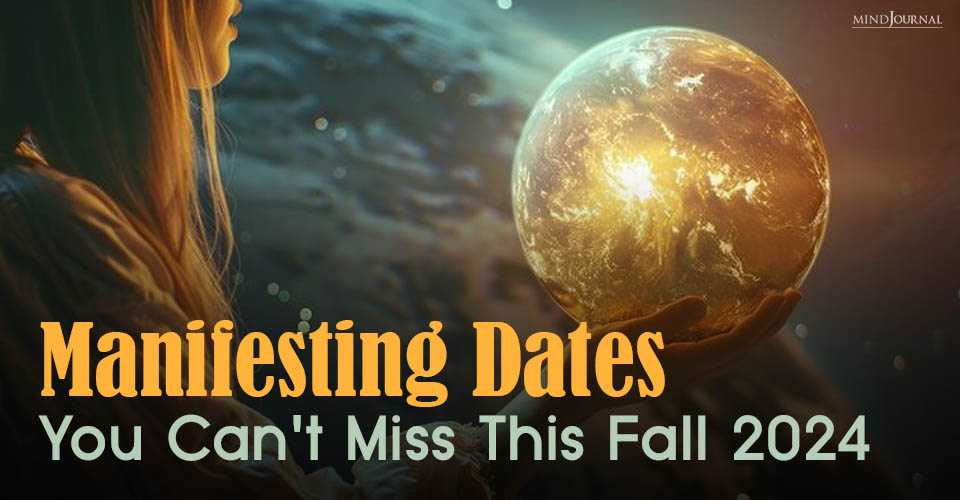
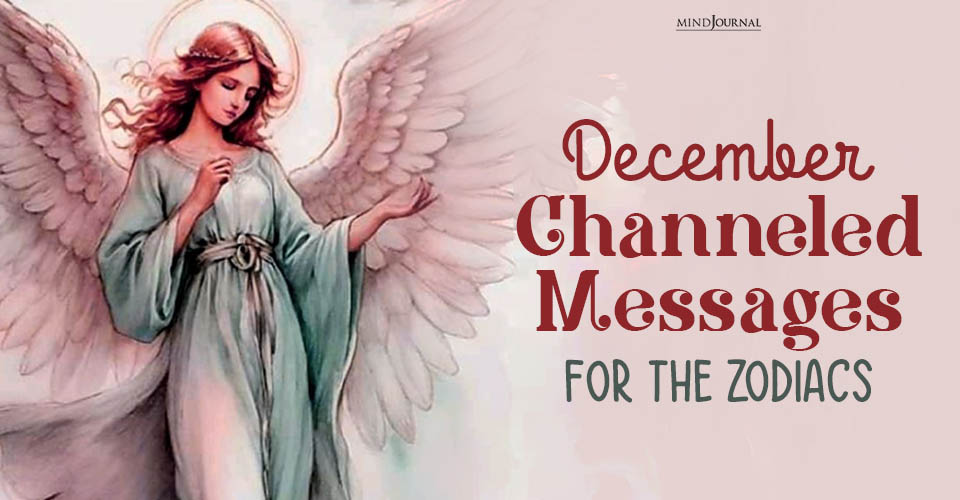
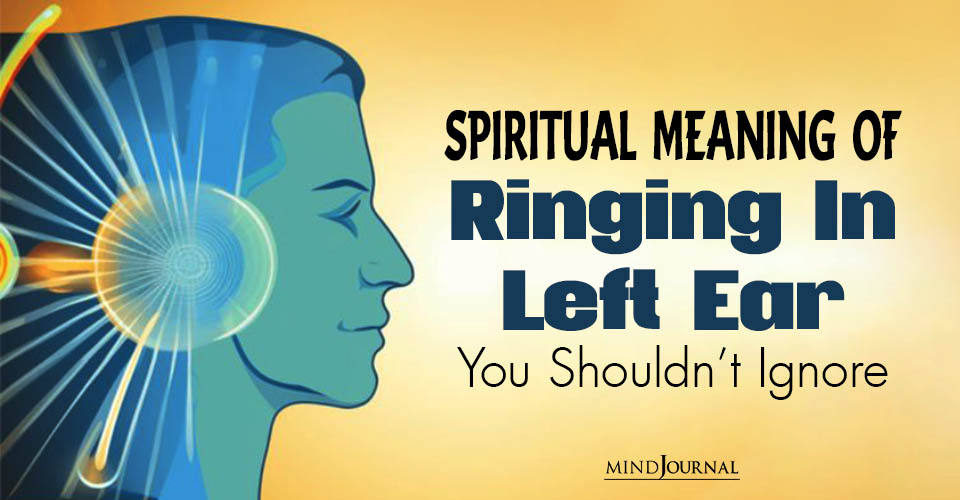
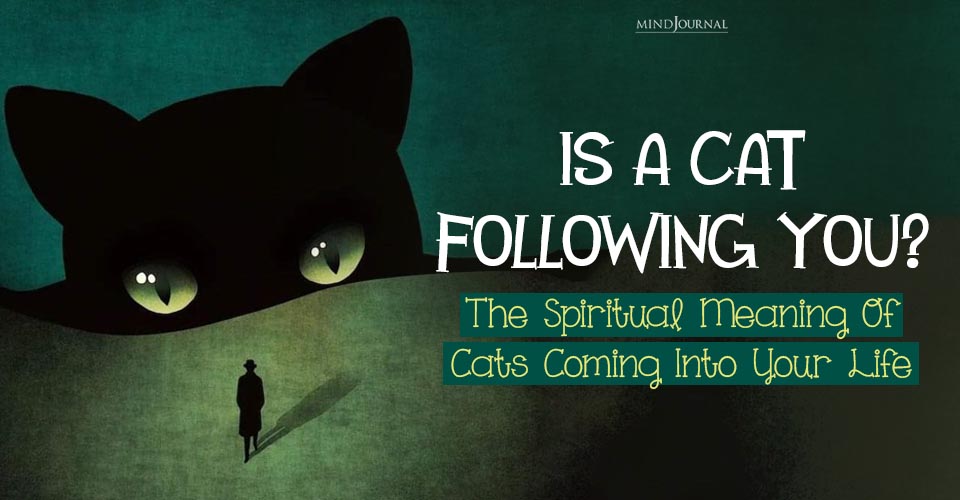
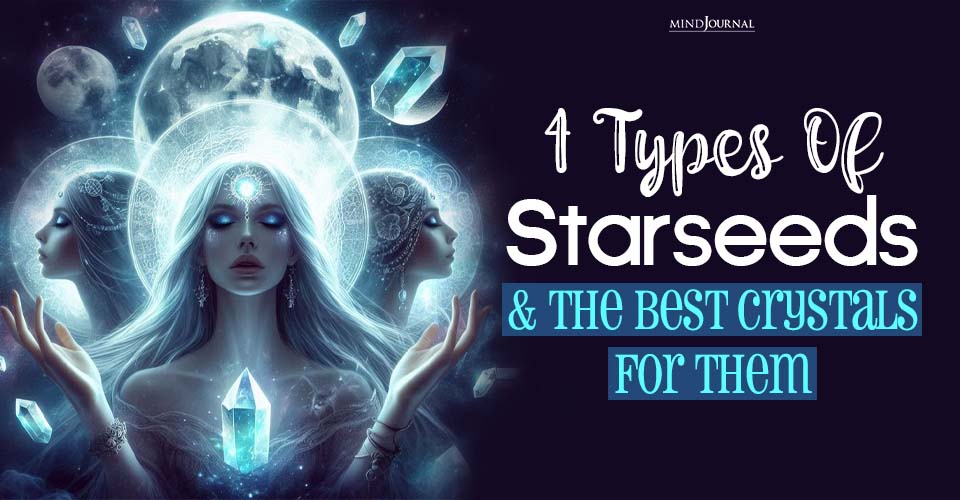
Leave a Reply